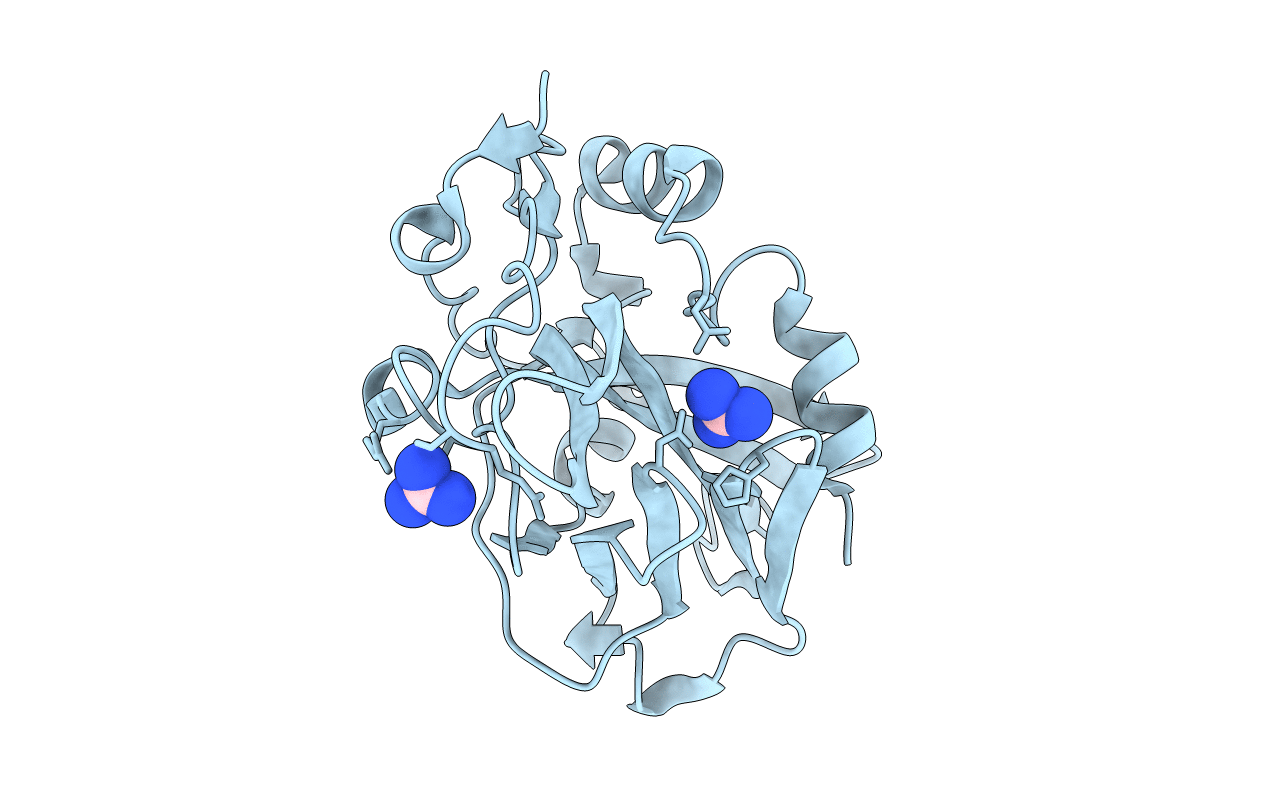
Deposition Date
2009-03-18
Release Date
2009-06-09
Last Version Date
2024-11-13
Entry Detail
Biological Source:
Source Organism:
Pythium aphanidermatum (Taxon ID: 65070)
Host Organism:
Method Details:
Experimental Method:
Resolution:
1.90 Å
R-Value Free:
0.22
R-Value Work:
0.17
R-Value Observed:
0.18
Space Group:
P 43 21 2


